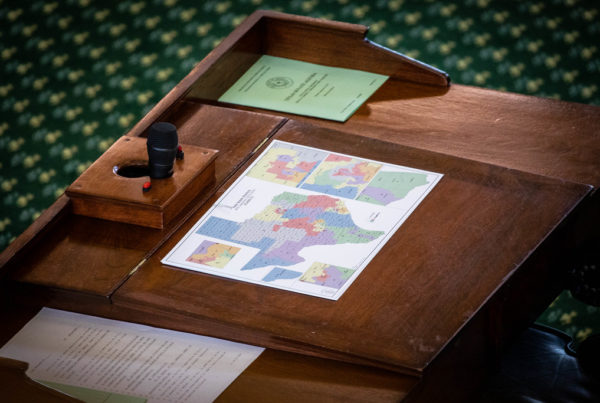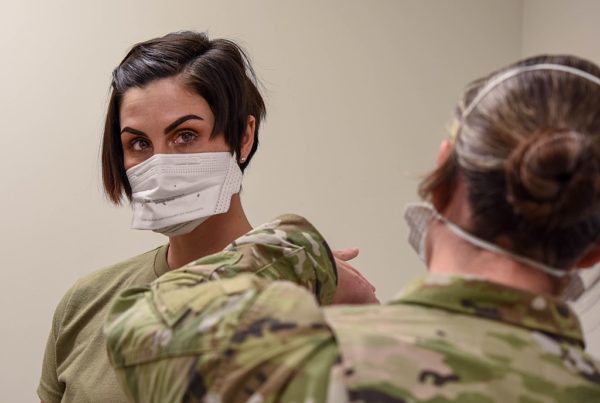From Texas Public Radio:
When you think of “hypnosis” it’s probably unlikely you’d picture a Texas law enforcement officer. After all, Texas cops are known for their no nonsense approach to fighting crime. But actually, Texas has one of the most active forensic hypnosis training systems in the nation. That’s despite the fact that nearly half of all states consider it a junk science and have banned or restricted its use.
But how did forensic hypnosis come to Texas? It came from California via one of the most astounding crimes in the last half century. In 1974, in Chowchilla California kidnappers abducted a yellow school bus with 26 children and the driver.
The kidnappers ordered the children and driver into an old semi trailer and buried it. After 16 hours underground the driver and the children dug themselves out and escaped. The bus driver Ed Ray was hailed as a hero.
But Ray couldn’t remember the license plate number of the kidnapper’s van until he was hypnotized. Then the police soon captured the three men. The story was huge and it caught the attention of the Texas Department of Public Safety, especially the part about hypnosis.
“The assistant director of DPS, appointed this committee and I was just one of them appointed to the committee and I was actually opposed to police using hypnosis,” said Marx Howell, a retired DPS Inspector.
He ended up developing the forensic hypnosis program for the DPS. He is one of the biggest defenders of the practice and he stands by the use of forensic hypnosis in one of the state’s most contentious cases, Charles Don Flores who was given the death penalty based on the testimony of a hypnotized witness.
“There’s been a lot of controversy about that case in the news media. But personally, I think some of the controversy and the way it’s reported is slanted and inaccurate,” Howell said.
Flores was convicted for the 1998 murder of Farmer Branch grandmother Betty Black. There is no physical evidence that connected him to the murder. The only eyewitness twice failed to pick Flores out of a photo line-up and under hypnosis described the person she saw as a thin, white man with long hair. Flores was a beefy Mexican American with closely shaved hair. But at the murder trial the witness changed her story and told the jury Flores the guy she saw that morning.
Howell said that’s not a problem, people frequently have delayed memory recall.
“Here is an example where you have a conversation with someone and you’re trying to think of somebody’s name and you go off doing something else and then that name comes up in the conscious awareness,” he said.
But John Wixed, an expert on human memory and professor of psychology at the University of California in San Diego, said that’s not a good example.
“You just talked about a different type of memory retrieval called ‘recall the rules’ that govern recognition and recall are completely different,” Wixed said adding that recognizing a face and remembering a name are different memory processes. And research shows that face memory doesn’t get better over time. It gets worse.
“The consensus is that you can only test a witness’ memory for a suspect once. The very first time you test a witness’ memory for a suspect, you can’t fairly test that same witness’ memory for that same suspect again, because the test itself to changes the witness’ memory,” Wixed said.
He added because the witness failed the first test to identify Flores, that’s compelling evidence of his innocence and the jury didn’t get to hear that. Howell counters by claiming academic research on eyewitness memory is flawed and doesn’t apply to the real world of police work.
“A lot of the research does not even apply to interviewing a crime victim, a lot of their research includes college students,” Howell said.
But eyewitness’ false identification of an innocent suspect as the perpetrator of a crime is the single greatest cause of wrongful conviction in the U.S. according to the Innocence Project.
“Those are not college students. Those are people who went to prison for an average of like 15 years and who were exonerated by DNA evidence,” said Wixed.
Wixed points out that with or without hypnosis, eyewitness testimony is unreliable after the first test. But what about Chowchilla? The kidnapped kids and the bus driver? Wixed says he teaches that case every semester.
“That case is an anecdote. You’re supposed to base your principles on what you do on scientific research,” he said.
As for the DPS they announced they are no longer using hypnosis in their investigations.













